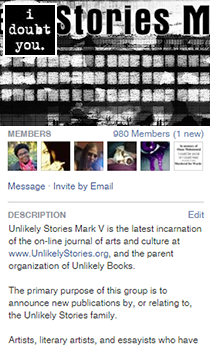On Design
The chair of mind. Forms impossible
to manifest. Intention. Approximation.
Designing villains, ambitious for power.
Richard, Iago, Edgar;
Designing women, Lady Macbeth,
Cleopatra, Volumnia.
Hamlet’s surrender:
Providence in the fall of a sparrow.
Architect’s blueprints. Schematics.
To mold, sketch, weave, or shape.
The best laid schemes o' mice an' men.
God’s spiders feeding on God’s moths:
“a darkness to appall.” Problem solving.
Inventing. Edison’s lightbulb
(despite such side-effects as
light pollution, which researchers warn
upsets our “circadian rhythm,”
and disturbs ecosystems).
My brother’s pipe layer.
After years of excavating ditches
with separate machines for digging,
spreading gravel, laying pipe, then
back-filling, he constructed and patented
an all-in-one, which reduced costs
and saved time. He didn’t plan on geo-politics
and a poor economy, however. An order from
Iran was cancelled. Machines he’d built
stood idle and unsold. As loans
came due, he went bankrupt and
had to sell the patent.
Having lived for others, my mother said,
she’d planned her life in thirds: first for family,
second for world, third for self. But third
had been drained by caring for her mother
as well as for my father in retirement.
She’d run out of time. Design flaws.
Boston’s streets began as cowpaths.
as opposed to Pierre Charles L’Enfant’s
layout of D.C. with avenues
radiating out from rectangles.
No logic or foresight to Boston
except perhaps for barn dreams.
“Contingencies are endless,”
thinks Tolstoy’s Field Marshall Kutusov
in reviewing attack plans; then sleeps.
Chart a course. Navigate by
stars and principles. Syllabi. Curricula.
Five-year plans for progress.
Business plans for profits. Put a man
on the moon. Social engineering.
Baby and child care. A literary magazine,
dream-driven, for readers who should exist.
Lillian Hellman to HUAC:
“I cannot and will not cut my conscience
to fit this year’s fashion.”
Designer dresses, drugs, and jeans.
Sustainability. Durability. Built-in obsolescence.
Passing fancies. Novelty. Pandering
to manufactured appetites.
And then there’s improv, starting from scratch.
Great for jazz. Less so for houses.
In Richard Yates’s story, “Builders,”
house design is a metaphor
for story telling. “I’m not even sure
there are windows in this particular house.
Maybe the light is going to have to come in
as best it can, through whatever
chinks and cracks have been left
in the builder’s faulty craftsmanship.”
At an MIT Augmented Reality conference,
I tried on goggles to see hundreds of
economic indicators and indices
presented in 3D, like a galaxy of stars.
Visualizing databases this way allows
money managers to chart investments
like Mr. Chekov on Starship Enterprise.
Try AAA for planning trips.
Organic design: “follow nature’s principles
to build forms more natural than
nature itself.” Or as with gardens
and wild-life, tame, shape, and graft
for human pleasures and needs:
“nature is made better by no mean
But nature makes that mean…
The art itself is nature.”
However we’re designed,
we seek to improve the image.

DeWitt Henry’s books include The Marriage of Anna Maye Potts (winner of the Peter Taylor Prize for the Novel); a trilogy in memoir concluding with Endings and Beginnings: Family Essays (MadHat Press, 2021); and a collection of notes and essays Sweet Majoram (MadHat Press, 2018). Poems have appeared in Ibbetson Street, On the Seawall, Plume, and others. He was the founding editor of Ploughshares and is Professor Emeritus at Emerson College. Details at www.dewitthenry.com. DeWitt recommends contributing to Solstice: A Magazine of Diverse Voices.


